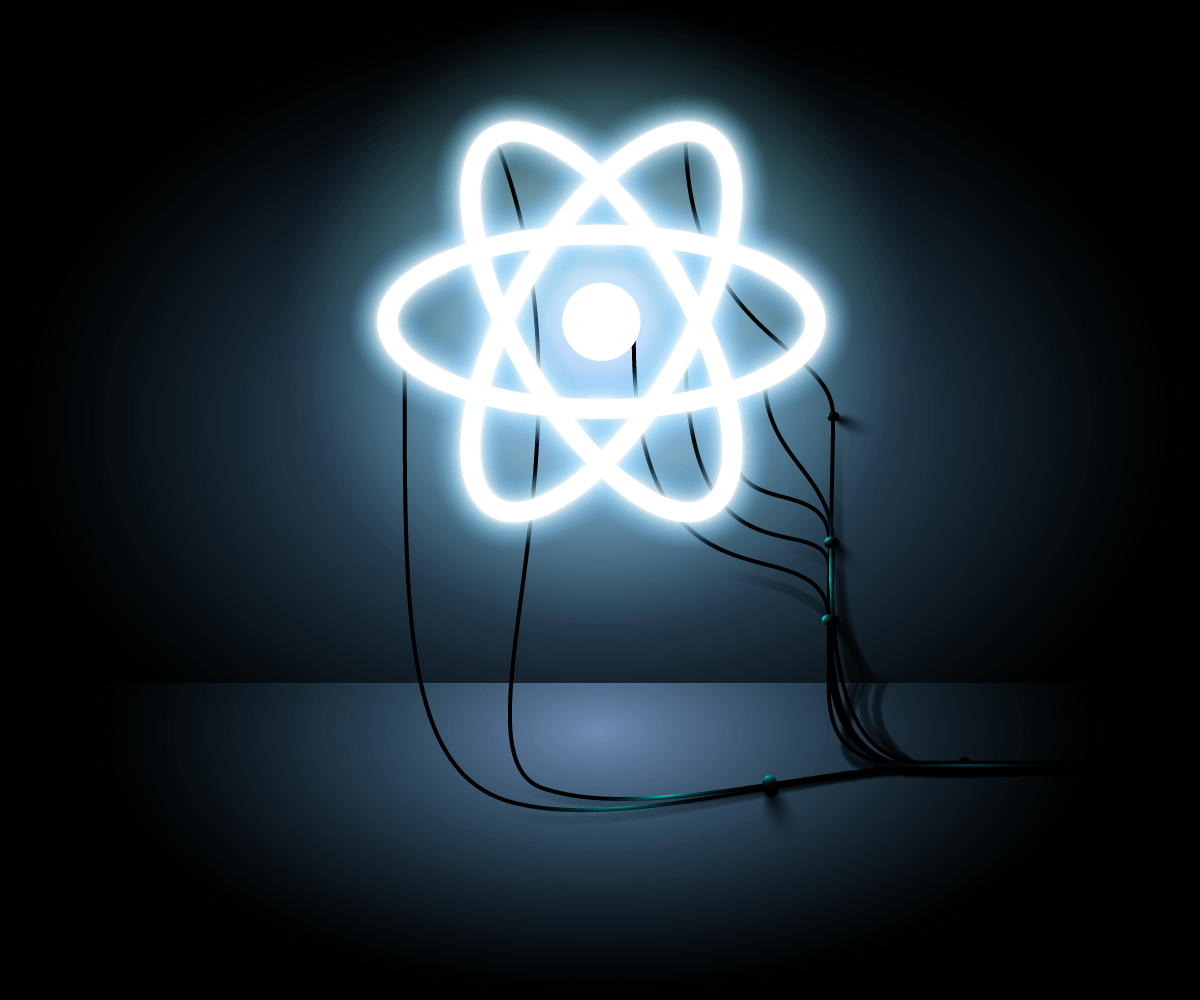
How to do that? Of course, you guys will ask me. The answer is we hardly can unless we already are very familiar with event-driven programming.
But, if we start learning in the right way, we can get it in several days without frustrating, stressful feelings. At first, React.js makes us feel confused but soon, you will see that it’s really simple, so simple, and dynamic.
This is how I made it
Read this: thinking-in-react (this is really a good path to show us the idea of React.js)
Then getting-started-and-concepts
Never forget to read official docs: getting-started (check out this file and edit+run to know how React.js really works code)
Need more, you have them all here: awesome-react
Why don’t I just explain to you instead of giving you the links?
It’s because they are very good documents already and focusing on them helps you reduce lots of your treasured time and energy. You also have to get all basic built-in functions, methods, components, life cycle, JSX, etc. I mean getting through all the fundamental ideas behind React.js
A short useful cheatsheet for reference: React.js
Want a concise summary of how React.js works?
Sure, I’m so pleased to share my thoughts on this.
React.js from its idea is the reaction of each smallest event that happens on the client side. Our job is to imagine from the beginning which are the scenarios that can happen and design our page in `.jsx` files, using as many reusable components as we can (to make it consistent, and stable, and to reduce unnecessary coding effort). After that, we connect with the back-end server through API (ajax with JSON format for example) to really give out useful information and proper calculations to our users.
For further detailed instructions, I would like to share them with you guys in the next post.
Happy exploring, guys. 🙂
Leave a Reply
You must be logged in to post a comment.